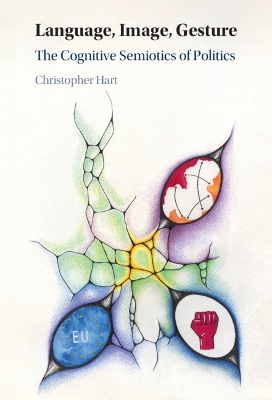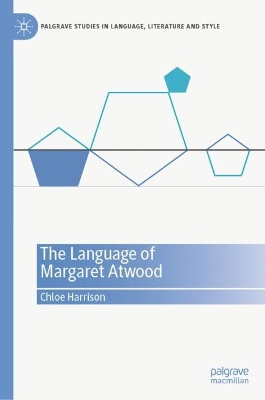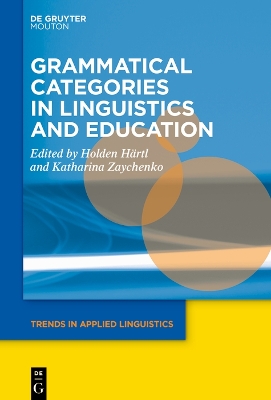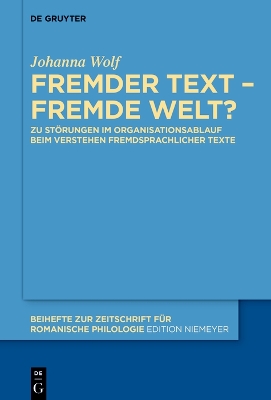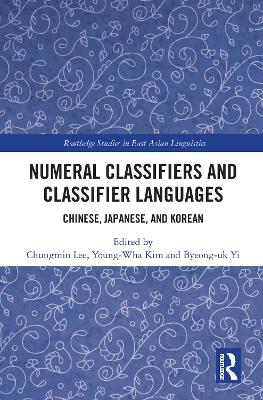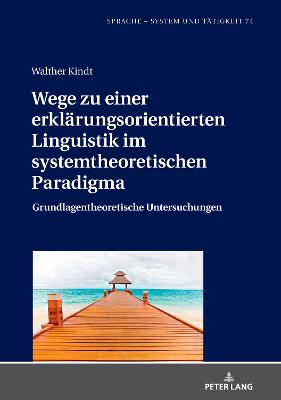Pedagogical Stylistics in the 21st Century
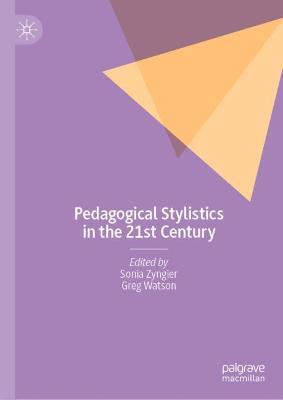 portes grátis
portes grátis
Pedagogical Stylistics in the 21st Century
Watson, Greg; Zyngier, Sonia
Springer Nature Switzerland AG
02/2022
405
Dura
Inglês
9783030836085
15 a 20 dias
698
Descrição não disponível.
Foreword: Professor Peter Verdonk.- Part I: Assessing and broadening the scope of Pedagogical Stylistics.- Chapter 1. Pedagogical stylistics (PS) since 2007. A baker's dozen. (Geoff Hall).- Chapter 2. Corpora in the classroom: teaching style and register variation to Japanese EAP students via pedagogical corpus stylistics. (Marcus Bridle and Dan McIntyre).- Chapter 3. Literary Criticism and Linguistic Criticism: The Case of Ezra Pound's Present Perfect (Violeta Sotirova).- Chapter 4. Devices, Settings and Distractions: A study into how people read Literature. (Esmeralda Bon and Michael Burke).- Part II: Cognitive perspectives.- Chapter 5. Trust the reader. (Peter Stockwell).- Chapter 6. Re-thinking stylistics through Cognitive Grammar: Construal and point of view in the classroom. (Chloe Harrison and Marcello Giovanelli).- Chapter 7. A text-world pedagogy for young stylisticians. (Ian Cushing).- Chapter 8. Text World Theory in the English Classroom (Joanna Gavins and Paul O?Farrell).- Part III: Reader Engagement and Feelings.- Chapter 9. Away from reading - toward oral feelings. Experiments on poetry with students. (Anna Chesnokova and Willie van Peer).- Chapter 10. The challenges of evaluating literary text engagement using pedagogical stylistics with young bilingual learners. (Odette Vassalo).- Chapter 11. Multimodality and reader engagement. (Olivia Fialho and Natalia Igl).- PART IV: Innovations in the Educational Setting.- Chapter 12. Revising Role-Based Literature Circles for EFL Classrooms in Japanese Universities (Paul Sevigny).- Chapter 13. Rhyme and repetition in an EFL classroom in Brazil: An empirical assessment. (Juliana Jandre, Sonia Zyngier and Vander Viana).- Chapter 14. Why do I write this way? - tracking the stylistic development of doctoral writers (Jane Spiro).- Chapter 15. A Study on the Correlation between L1 and L2 Proficiency: A Pedagogical Stylistic Analysis of English Writings by Japanese EFL Learners (Azumi Yoshida and Masayuki Teranishi).- PART V: Afterword.- Looking ahead (Michael Toolan).
Este título pertence ao(s) assunto(s) indicados(s). Para ver outros títulos clique no assunto desejado.
pedagogy;literary studies;English as a Foreign Language (EFL);literary criticism;linguistic criticism;multimodality;reader engagement;Text World Theory;multilingualism;reading;English for Academic Purposes (EAP);Literary Diction
Foreword: Professor Peter Verdonk.- Part I: Assessing and broadening the scope of Pedagogical Stylistics.- Chapter 1. Pedagogical stylistics (PS) since 2007. A baker's dozen. (Geoff Hall).- Chapter 2. Corpora in the classroom: teaching style and register variation to Japanese EAP students via pedagogical corpus stylistics. (Marcus Bridle and Dan McIntyre).- Chapter 3. Literary Criticism and Linguistic Criticism: The Case of Ezra Pound's Present Perfect (Violeta Sotirova).- Chapter 4. Devices, Settings and Distractions: A study into how people read Literature. (Esmeralda Bon and Michael Burke).- Part II: Cognitive perspectives.- Chapter 5. Trust the reader. (Peter Stockwell).- Chapter 6. Re-thinking stylistics through Cognitive Grammar: Construal and point of view in the classroom. (Chloe Harrison and Marcello Giovanelli).- Chapter 7. A text-world pedagogy for young stylisticians. (Ian Cushing).- Chapter 8. Text World Theory in the English Classroom (Joanna Gavins and Paul O?Farrell).- Part III: Reader Engagement and Feelings.- Chapter 9. Away from reading - toward oral feelings. Experiments on poetry with students. (Anna Chesnokova and Willie van Peer).- Chapter 10. The challenges of evaluating literary text engagement using pedagogical stylistics with young bilingual learners. (Odette Vassalo).- Chapter 11. Multimodality and reader engagement. (Olivia Fialho and Natalia Igl).- PART IV: Innovations in the Educational Setting.- Chapter 12. Revising Role-Based Literature Circles for EFL Classrooms in Japanese Universities (Paul Sevigny).- Chapter 13. Rhyme and repetition in an EFL classroom in Brazil: An empirical assessment. (Juliana Jandre, Sonia Zyngier and Vander Viana).- Chapter 14. Why do I write this way? - tracking the stylistic development of doctoral writers (Jane Spiro).- Chapter 15. A Study on the Correlation between L1 and L2 Proficiency: A Pedagogical Stylistic Analysis of English Writings by Japanese EFL Learners (Azumi Yoshida and Masayuki Teranishi).- PART V: Afterword.- Looking ahead (Michael Toolan).
Este título pertence ao(s) assunto(s) indicados(s). Para ver outros títulos clique no assunto desejado.

